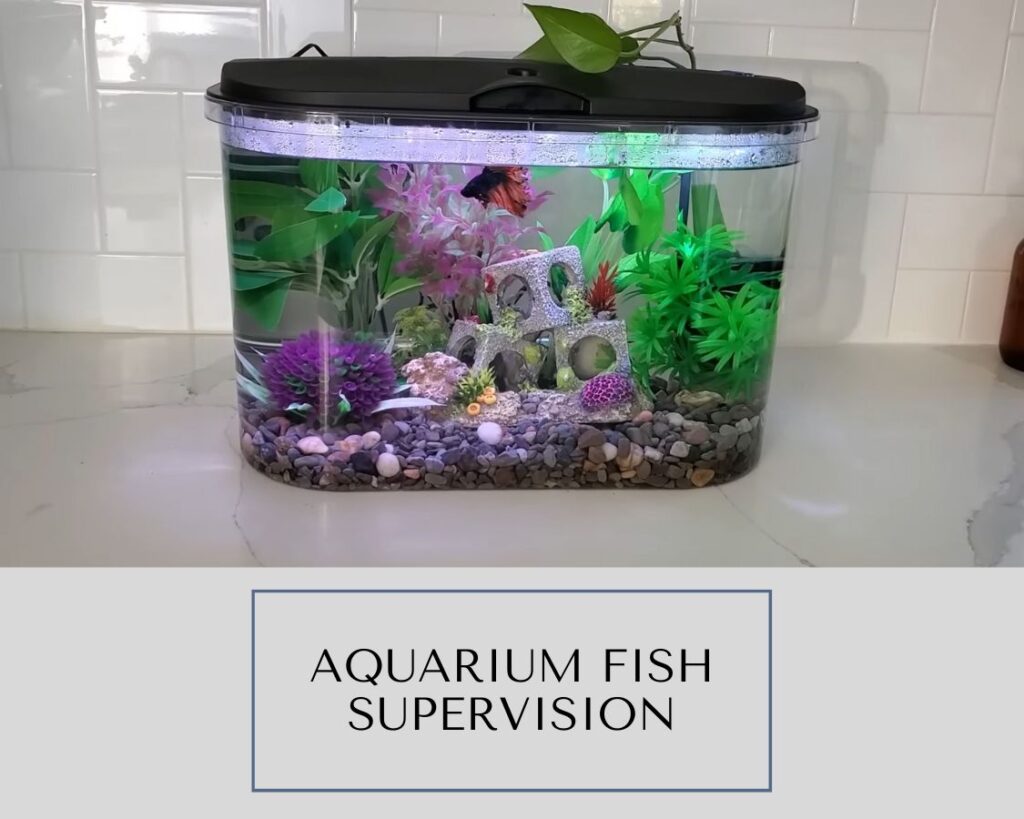Aquariums bring a touch of the mesmerizing underwater world right into the heart of your home, adding a delightful dimension to your living space. These watery realms house a vibrant array of aquatic companions, each with its unique charm and characteristics. But, to ensure their health and happiness, proper care is not just a choice; it’s a necessity. In this comprehensive guide, we embark on a journey deep into aquarium fish care, where we’ll explore every facet of nurturing your aquatic friends, from the inception of your tank to the daily routine of feeding and the critical art of disease prevention.
Setting Up Your Aquarium
Selecting the Right Tank
The very foundation of a thriving aquatic environment begins with selecting the perfect tank. This is not a one-size-fits-all affair, as different fish species have distinct spatial requirements. Therefore, conducting thorough research into their needs is imperative before you take the plunge and bring home your friends. Whether considering the graceful Betta fish or the colorful community of tropical fish, knowing their space requirements is your first step towards being a responsible aquarist.
Aquarium Placement
Location matters, not just in real estate but also in aquaria. When deciding where to place your aquatic haven, it’s essential to consider factors beyond aesthetics. Keep your tank away from direct sunlight, which can lead to undesirable consequences like excessive algae growth and temperature fluctuations. Additionally, drafts can wreak havoc on your tank’s ecosystem, making it crucial to choose a location that offers stability in terms of temperature and lighting. Your fish will thank you for creating a tranquil environment miming their natural habitat.
Filtration Procedure
The adage “out of sight, out of mind” couldn’t be further from the truth regarding aquarium filtration systems. A high-quality filtration system is the unsung hero of your aquatic world, working tirelessly behind the scenes to keep the water clear. Filters play a pivotal role in maintaining water quality by removing debris and toxins that can jeopardize the well-being of your aquatic inhabitants. When investing in a filtration system, consider it an investment in the health and longevity of your underwater community.
Substrate and Decorations
The underwater landscape you create within your tank is more than just an aesthetic choice; it plays a critical role in the comfort and well-being of your fish. The substrate, whether gravel, sand, or specialized aquatic soil, adds visual appeal and serves as a functional component in the ecosystem. It provides a surface for beneficial bacteria to thrive and helps anchor plants. When selecting decorations, it’s imperative to choose fish-friendly options without sharp edges or materials that could harm your aquatic friends. The underwater environment should be as safe as it is stunning.
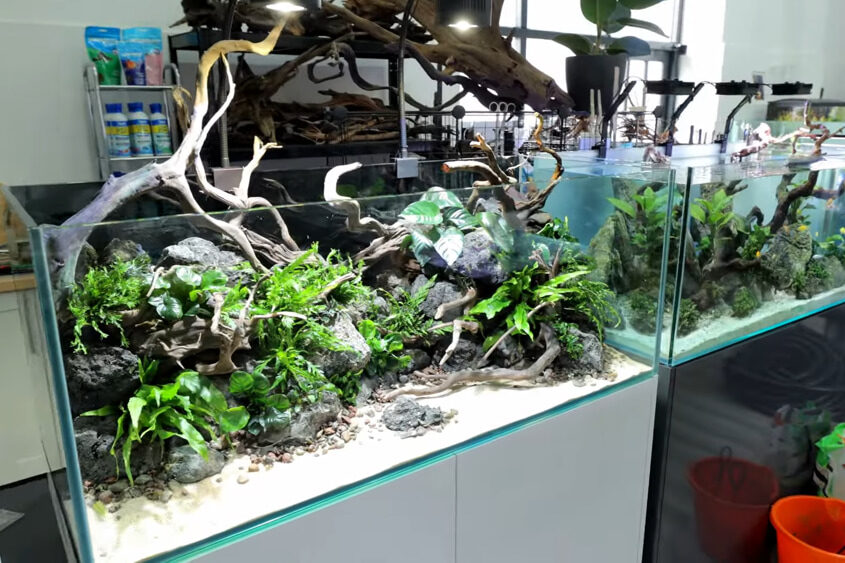
Picking the Suitable Fish
Thorough Research on Fish Species
The journey toward creating a harmonious aquatic community within your aquarium continues with the critical task of selecting the right fish. This involves delving into the fascinating world of fish species, each with its unique temperament, requirements, and quirks. Before bringing any fish home, embark on a voyage of discovery through comprehensive research. Dive into the intricacies of their compatibility and space requirements. Some fish are territorial by nature and may not exactly roll out the welcome mat for their aquatic neighbors. By understanding their social dynamics and habitat preferences, you’ll be well-equipped to make informed decisions that promote a tranquil and thriving aquatic community.
The Gentle Art of Acclimation
Introducing new fish to their watery abode is an art that requires patience and precision. As a traveler might experience jet lag when crossing time zones, fish can undergo stress when transitioning into a new environment. To ease their journey and help them acclimate smoothly, it’s essential to implement a deliberate acclimation process. This involves introducing them gradually to the tank’s water conditions. They will slowly adjust to their new aquatic home’s temperature, pH, and other critical factors. This measured approach reduces stress and enhances their chances of adapting and thriving in their new underwater realm.
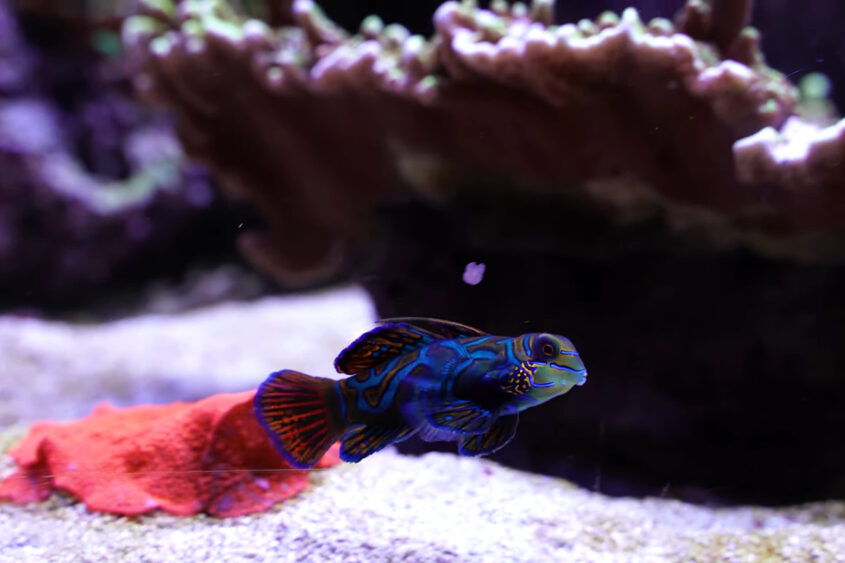
Water Quality Maintenance
The Vigilance of Regular Water Testing
Maintaining an optimal aquatic environment is akin to mastering the art of chemistry. Regular water testing is a non-negotiable task to ensure your aquatic companions’ well-being. This involves monitoring essential parameters such as pH levels, ammonia, nitrites, and nitrates. Each fish species has unique preferences regarding water chemistry, and it’s crucial to maintain these parameters within the recommended range. Just as a doctor monitors a patient’s vital signs, aquarists must diligently keep tabs on these water parameters to ensure the health and happiness of their aquatic charges.
The Choreography of Water Changes
Water changes are the choreographed dance that balances the ecosystem in aquarium care. Routine water changes serve multiple purposes, the most prominent being the removal of accumulated waste and the replenishment of essential minerals. The frequency of these water changes depends on the size of your tank and the population of fish residing within it. While smaller tanks may require more frequent changes, larger tanks with fewer fish only need occasional refreshments. This vital task ensures that your aquarium’s water remains pristine and contributes to your aquatic community’s overall health and longevity.
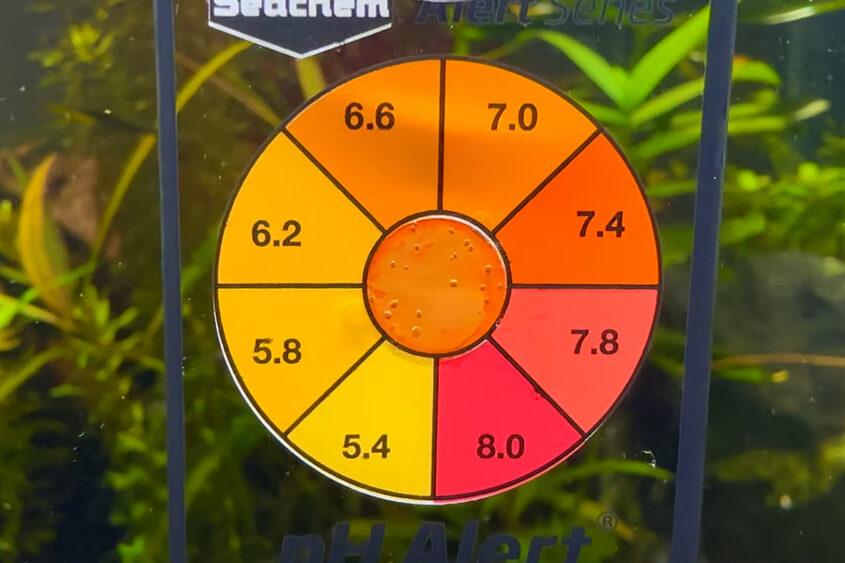
Feeding Your Fish
Nourishing Your Aquatic Companions
Ensuring the well-being of your aquatic companions extends to their daily sustenance. Just like humans, fish come with diverse dietary preferences. It’s essential to provide a balanced diet that aligns with the specific needs of your fish species. Some may be herbivores relishing plant-based meals, while others might be carnivores craving protein-rich sustenance. The key here is to choose high-quality fish food that caters to their nutritional requirements, offering a comprehensive blend of nutrients to keep them robust and radiant.
The Rhythm of Feeding
Establishing a consistent feeding schedule is not just a routine; it’s a lifeline for your fish and the overall health of your aquarium. Overfeeding is a common pitfall in the world of fishkeeping, and it can lead to a cascade of issues, from water quality degradation to health problems for your finned friends. Therefore, maintaining a measured approach to feeding, offering only what your fish can consume in a few minutes, is paramount. By adhering to a structured feeding regimen, you ensure that your fish remain well-nourished without compromising the equilibrium of their underwater home.
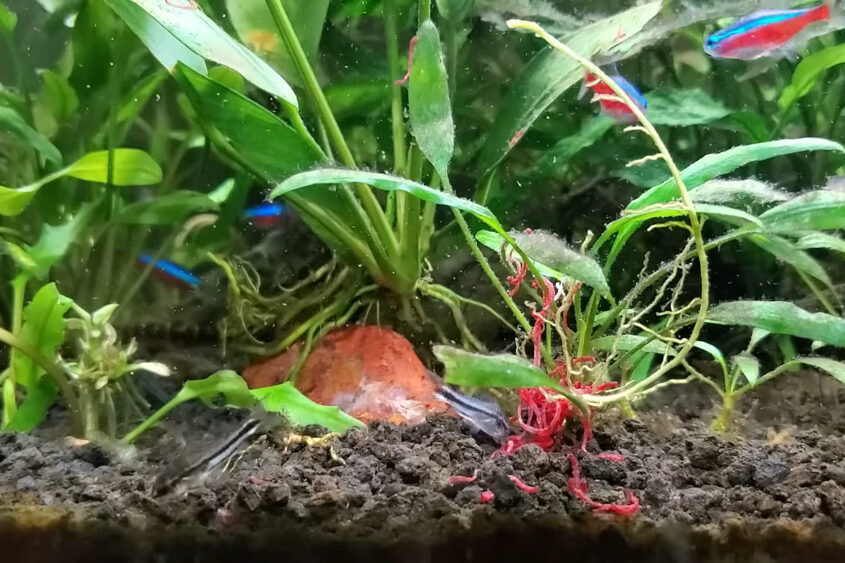
Health and Disease Prevention
The Shield of a Quarantine Tank
Just as we take precautions to prevent the spread of illnesses, so should aquarists exercise caution when introducing new fish to their main aquarium. This is where the concept of a quarantine tank comes into play. Setting up a separate quarantine tank for new arrivals acts as a protective barrier, preventing the potential introduction of diseases to your established aquatic community. It’s a vital step in maintaining the health and harmony of your aquarium, providing a space to observe and treat new fish before integrating them with your existing inhabitants.
Vigilant Observation of Behavior
To truly understand the well-being of your fish, you must become a keen observer of their behavior and appearance. Daily monitoring is not a chore; it’s a responsibility. Fish are eloquent communicators, and any sudden changes in their behavior or appearance could indicate underlying health issues. By observing, you can promptly identify and address any concerns, ensuring your aquatic companions receive the care they need to thrive.
Medication When Necessary
Despite our best efforts, fish, like any living beings, can fall prey to illnesses. When illness strikes, it’s essential to be prepared. Fish-friendly medications can be invaluable tools in your arsenal to combat diseases. However, the proper diagnosis and treatment require knowledge and expertise. In such cases, consulting with a veterinarian experienced in aquatic health or seeking guidance from seasoned aquarists can make all the difference in restoring your fish to good health.
Breeding and Reproduction
The Art of Creating Breeding Conditions
For those who wish to take their aquarium hobby to the next level and embark on the journey of fish breeding, it’s essential to recognize that different fish species come with unique breeding requirements. A key consideration is creating a suitable environment that mimics their natural habitat, including the correct water parameters and hiding places. Understanding the specific needs of your chosen species is crucial to fostering a successful breeding program.
The Virtues of Patience and Observation
Breeding fish is a delicate art that often requires patience and meticulous observation. The courtship and spawning behaviors of fish can be subtle and may take time to unfold. Close monitoring of your fish’s interactions and behaviors is essential to identifying signs of courtship and, eventually, the exciting moment of spawning. Breeding fish can be rewarding but demands dedication and a keen eye for detail.
Conclusion
Caring for aquarium fish is not merely a hobby; it’s a journey into a captivating underwater world, an exploration of life in its most exquisite and delicate form. In the pages of this comprehensive guide, we’ve unraveled the art and science of fishkeeping, unveiling the secrets to nurturing a thriving and harmonious aquatic ecosystem within the confines of your home.
From the initial setup of your tank, where every element is meticulously chosen to mirror the natural habitat of your aquatic companions, to the daily feeding and water quality maintenance rituals, this guide has been your trusted companion, offering insights and guidance every step of the way.
We’ve emphasized the importance of researching your fish species, understanding their unique needs, and creating an environment that caters to their well-being. We’ve touched on the significance of patience and vigilance, whether observing their behavior for signs of illness or patiently awaiting the miracle of fish reproduction.
So, with this newfound knowledge and the boundless curiosity of an aquarist’s heart, dive deep into the fascinating world of aquarium fish care. May your journey be filled with wonder, your aquatic community flourish, and the beauty of aquatic life continue to grace your life with its serene presence.
Frequently Asked Questions
How often should I clean my aquarium?
Regular maintenance is critical. Aim for weekly or bi-weekly water changes and substrate cleaning depending on your tank’s size and fish load.
What should I do if my fish show symptoms of illness?
Isolate the affected fish in a quarantine tank and seek advice from a fish health professional for proper diagnosis and treatment.
Can different fish species live together in the same tank?
Some can coexist, but compatibility varies. Research each species’ temperament and requirements before mixing them.
What’s the ideal water temperature for tropical fish?
Tropical fish typically thrive in water temperatures between 75°F and 82°F (24°C to 28°C).
How can I prevent algae growth in my aquarium?
Control the lighting duration, avoid overfeeding, and regularly clean the tank to prevent excess nutrients that promote algae growth.
Remember, maintaining an aquarium is both an art and a science. With dedication and knowledge, you can create a vibrant underwater world that is as beautiful as captivating.

